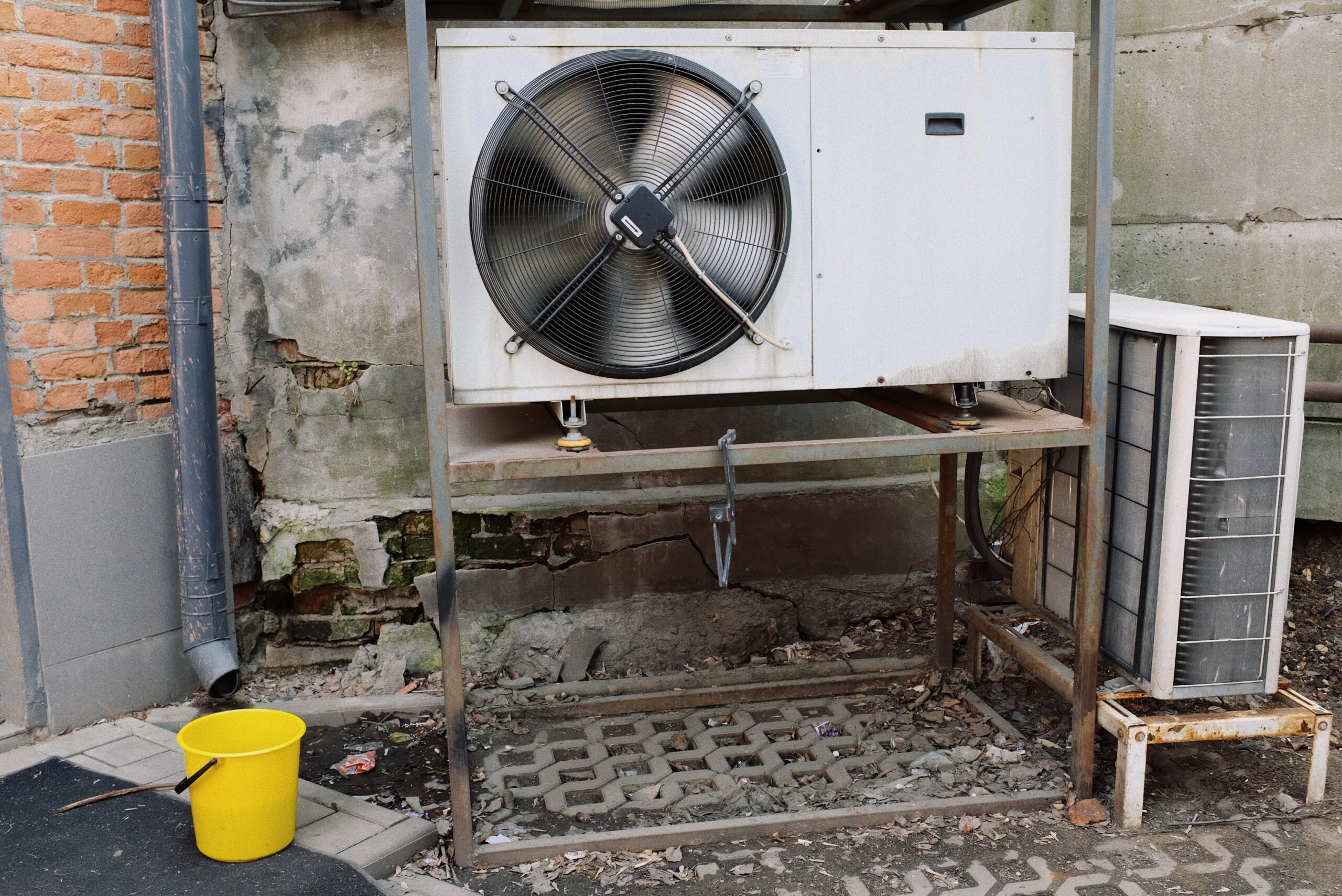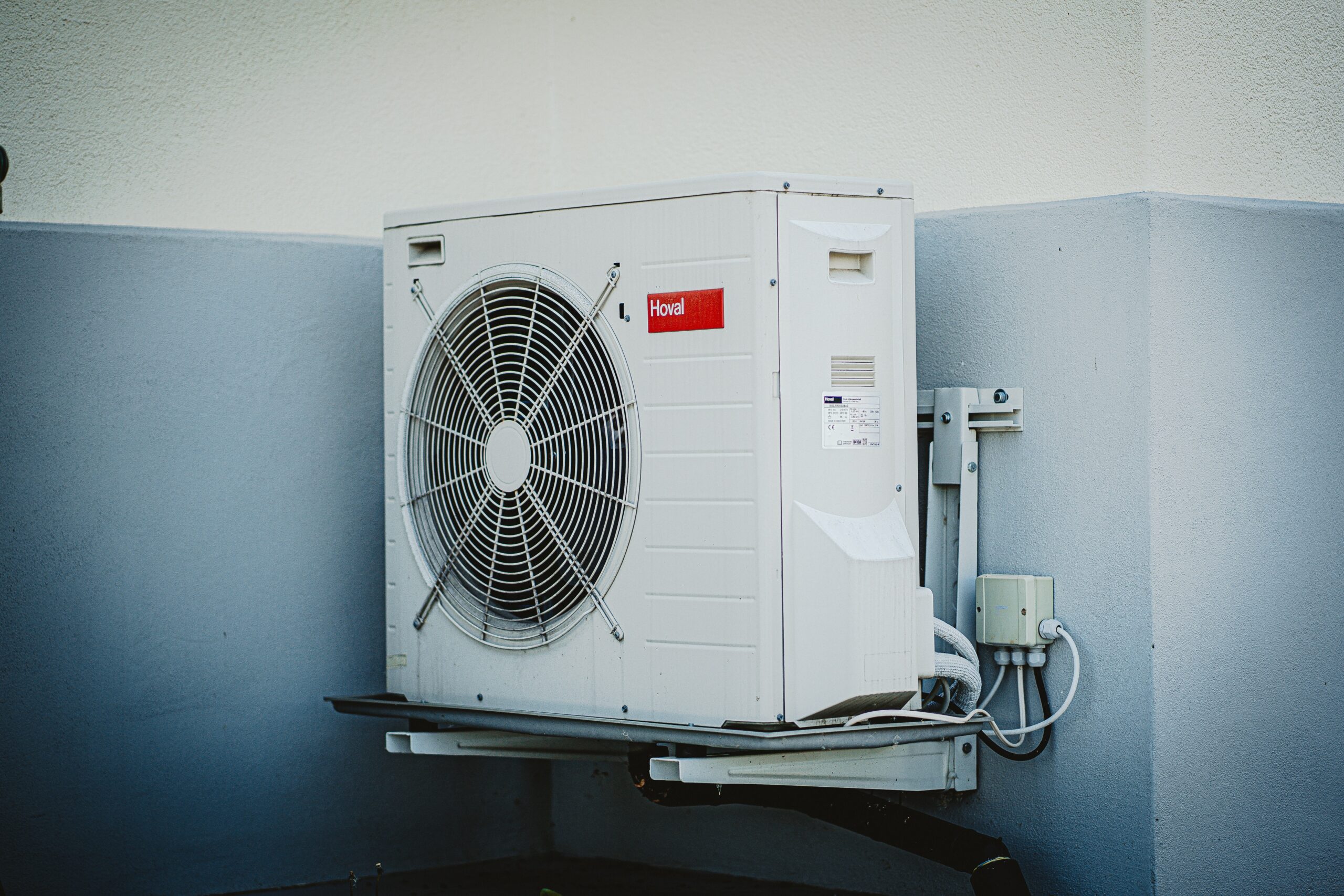Understanding the components of your HVAC system will help you to keep it in good working order. They know more about your heater and air conditioner will make troubleshooting and repair tasks go more smoothly. Keeping your system well-maintained. It helps you to avoid costly and time-consuming breakdowns. Keep your Bluffton, SC home at a reasonable temperature as well.

The following are critical components of your HVAC system:
Heat exchanger, blower, combustion chamber, condenser, evaporator, and thermostat are all components of your air conditioner.
Chamber of Combustion:
The heater adds air to the combustion chamber, also known as a burner. They provide optimum oxygen availability for combustion. When a tiny amount of air and gas mixture reaches the combustion chamber and the heating cycles begin.
An ignition source such as a glow stick or pilot light is used to start the mixture. Then more gas and air are introduced into the burner and it burns in a regulated manner. Homeowners must manually relight the pilot lights when glow sticks run out. They consume more gas than glow sticks, pilot lights are only seen in older furnaces. Also, if they go out, they might emit carbon monoxide, which is a health threat.
The blower motor drives the fan blades. As soon as you have reached a predetermined temperature in your heat exchanger. Using an electric blower motor, warm air is blown into your home’s ductwork and distributed to various rooms. It stops functioning before the combustion process is completed. Your home’s heat exchanger and ductwork will deliver all of the warm air they have stored to each room.

After a heating cycle, the motor shuts down to conserve energy. With a variable-speed blower motor, you can precisely control the flow of air in and out of your home. It can monitor and correct a wide range of issues in your HVAC system. The motors have a steady increase in power. They’re quieter and more effective at lowering the humidity in the summer. Variable speed units can save energy to homes that are generally at an appropriate temperature before reaching full speed.
Insulation of HVAC System:
Your furnace’s heat exchanger is located inside your house. When your thermostat starts your furnace, the heat from combustion rises, and the cool air is warmed by heat absorption. All furnaces, including electric ones, that include heat exchangers. This critical component is constructed of robust stainless steel and temperature-resistant. It avoids cracks and other damage.
If you want to get comfortable quickly, specific models have a unique duct that allows cool air to enter your heat exchanger more quickly. A malfunction in your heat exchanger might cause carbon monoxide leaks. A headache, nausea, or even death can result. Because the carbon monoxide has no color or odor. The kitchen and bedrooms should be equipped with detectors if you use gas or wood for heating. All aspects of your HVAC System should be tested annually by a professional for faults.

